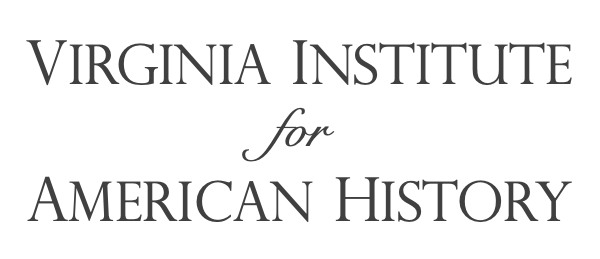In 2006, Jonathan Gross edited
and introduced the world to “Thomas
Jefferson’s Scrapbooks.”[1]
As Richard Dixon of the Thomas Jefferson Heritage Society observed, “This is a
book of Thomas Jefferson’s poetry; not poetry that he wrote, but poems that he
collected. …Jefferson began the scrapbooks in 1801, and compiled them through
his two terms as president. …This is not the standard Jefferson biography. The
author calls it an ‘autobiography of the heart,’ and indeed it is. ”[2]
Jefferson’s ‘autobiography of the heart’ contains numerous poetic references to
virtue, virtuous anecdotes, and moral lessons (along with patriotic and other themes). As examples of these, see: “Patriotic Odes for the Year 1808” (p.120),
“To Virtue” (p. 164),“The Choice of a Wife” (pp. 259-60), “Advice
to Young Women” (p. 296),“Moral and
Natural Beauty” (pp. 314-315), and “Epitaph
on a Young Lady” (p. 384). Let us turn to one of these poems titled Advice to Young Women (Anonymous):
Detest disguise, remember 'tis your part
By
gentle fondness to retain the heart.
Let
duty, prudence, virtue, take the lead,
To
fix your choice: – but from it ne'er recede.
Abhor
coquetry; – spurn the shallow fool
Who
measures out dull complements by rule,
And,
without meaning, like a chattering jay;
Repeats
the same dull strain throughout the day,
Are
men of sense attracted by your fate?
Your
well turn’d figure, or their compound grace?
Be
mild and equal, moderately gay;
Your
judgment rather than your wit display…
Disdain
duplicity – from pride be free:
What
every woman should, you then will be.
All
of such poems he read, gathered, cut, pasted and compiled into four volumes
during the eight years he served as President of the United States (and all the
while also compiling “The Life and
Morals of Jesus of Nazareth.”). No small task indeed, but more
momentous in regard to his pursuit of virtue, and his desire to
share that pursuit with his loved ones – whom, next in importance to his
daughters, were his grandchildren. As his granddaughter Ellen Randolph
Coolidge reflected, “My Bible came from him, my Shakespeare, my first writing
table, my first Leghorn hat, my first silk dress. …Our Grandfather seemed to
read our hearts, to see our invisible wishes…” [3] His scrapbooks
were most likely fashioned as much for them as they were for himself.
[1] Jonathan
Gross, Ed., Thomas Jefferson’s
Scrapbooks: Poems of Nation, Family & Romantic Love (Steerforth Press,
Hanover, 2006).
[2] Book Review
online at http://www.tjheritage.org/booksfiles/Thomas-Jeffersons-Scrapbooks.pdf
[3] Henry S.
Randall, Life of Thomas Jefferson
(Derby & Jackson, New York, 1858), pp.348-49.


